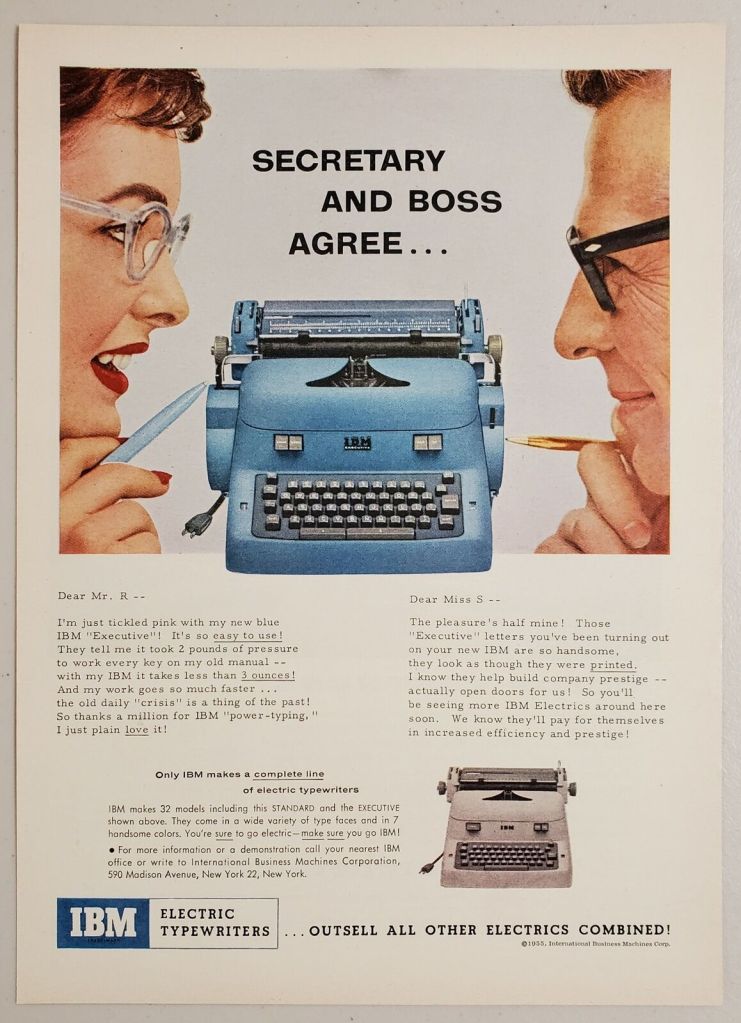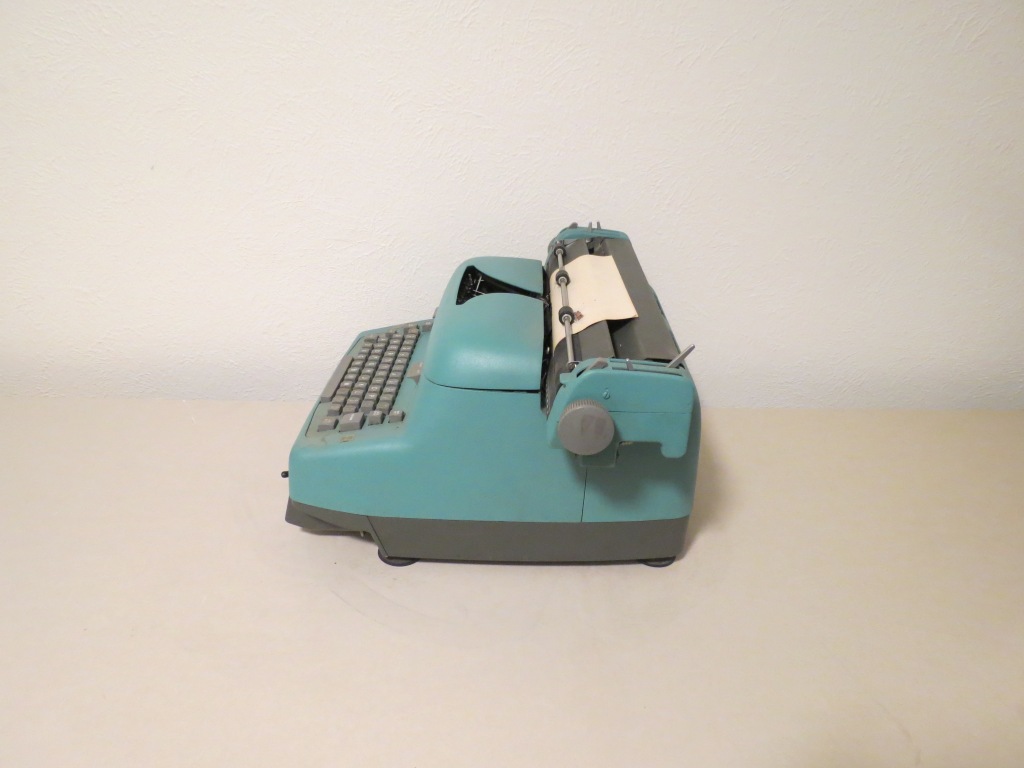Part 4 of a series: Bendix G-15 Restoration
I’m starting with what I’m calling the typewriter console, also known as the “Master Writer”, since it’s easily transported, fairly light and relatively robust compared to the fragile vacuum-tube CPU and magnetic tape mechanisms. I live in the mountains at the end of a long, bumpy dirt road and the thought of all those tubes and mechanisms bouncing around led me to find some spare office space down on the flatlands for most of the restoration, but I can work on the typewriter console at home.


The typewriter console is an interesting part of the system in that it’s based on an early IBM electric typewriter. Electric typewriters were often modified for use as input / output devices for early mainframes and minicomputers. The most commonly modified typewriters were made by IBM. In the 1950s, modified standard versions of the IBM Electric A, B, and C models were used as console typewriters or terminals on many early computers (e.g., GE 225, JOHNNIAC, IBM 650, IBM 1620, PDP-1). The IBM Selectric typewriter, introduced in 1961, was easier to interface to a computer and was favored in new designs, such as the IBM 1130 computer and the IBM 1050 terminal.

IBM eventually sold a modified version of the type called the “Input-Output Writer”. It was resold under a number of computer manufacturer names:
Here’s the console at the pickup, complete with dust. Now the fun begins!


Covers off!
It looks like I’m missing one of the toggle-switch caps on the typewriter base. I’ll need to find a matching replacement or fabricate one.








I still remember typing ‘sc5f’ to get the computer ready to read the paper tape.
What does the type look like? When Dad first began working with the G-15, the type looked like standard IBM serif type, but it was later replaced with a typewriter that produced mostly sans serif (except for the tail on 1) letters and numbers; the lowercase letters were small caps, and the “s” that was used as a control key as in Jim’s “sc5f” above printed an S in a circle, distinct from the “s” in text. There was additional software to produce alphanumerics, with some rather creative content used for self-test on booting.